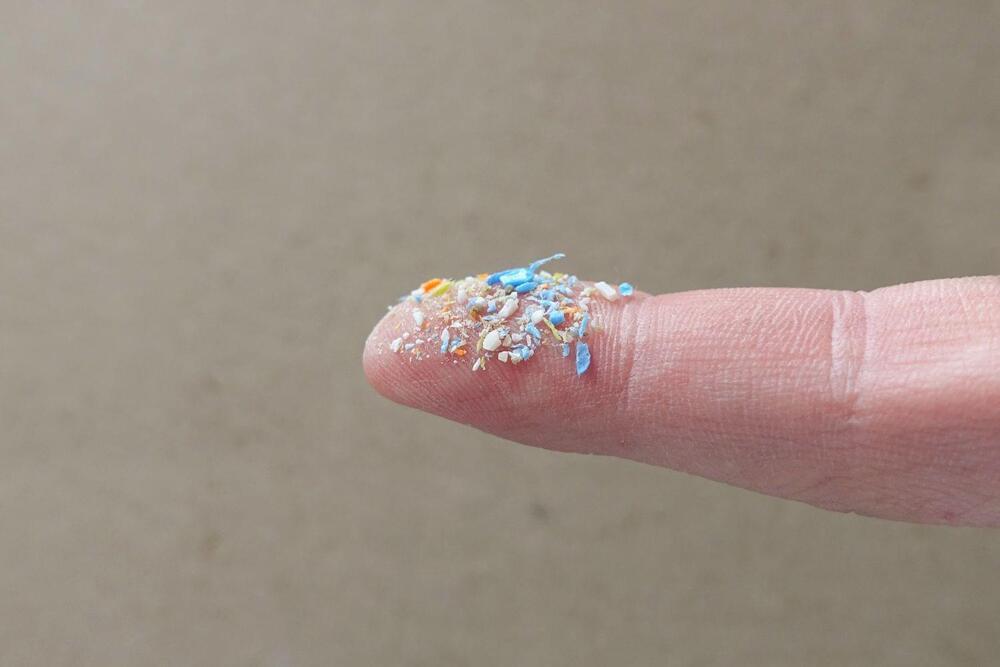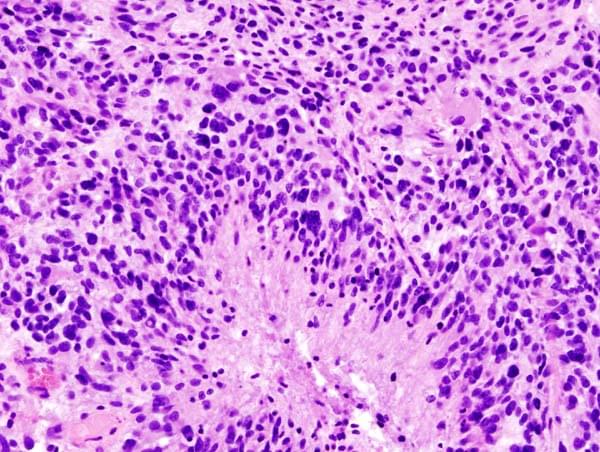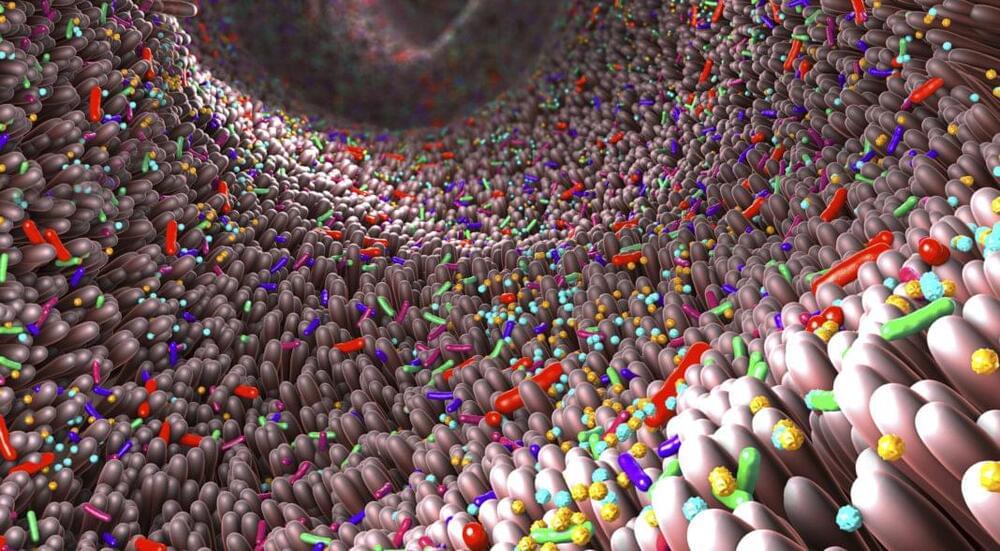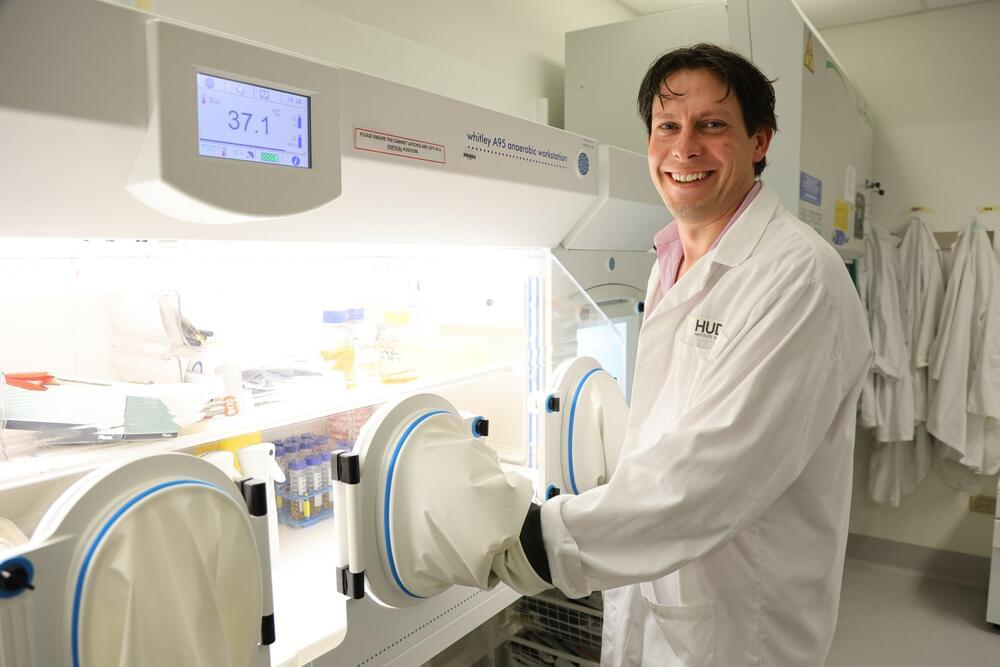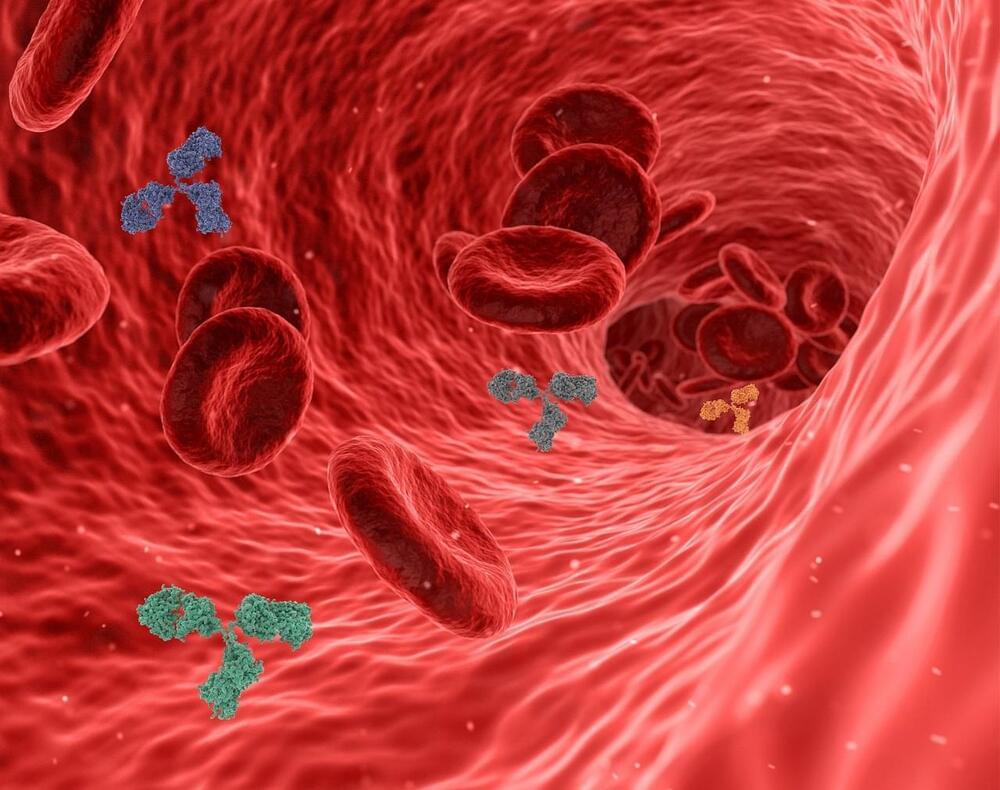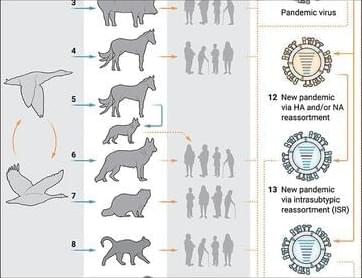The human gut microbiome has a crucial connection to our health and well-being, but it is a complex entity made up of many different organisms, which all have an effect on one another. The hundreds of different microbial species in the gut metabolize the foods we consume in different ways, and the metabolites that microbes generate are often then consumed by other microbes. It’s been suggested that the more than half of the stuff that is eaten by gut microbes are byproducts of other gut microbes. This interdependence can have profound implications for the gut microbiome, and some species become totally reliant on the presence of others.
Scientists are still learning about the various characteristics of a healthy human gut microbiome, but there are certain species that tend to be present. High diversity in the microbiome is also typically associated with good health. While some microbes can fill in the gaps if other important ones are missing, some species can’t be substituted.

